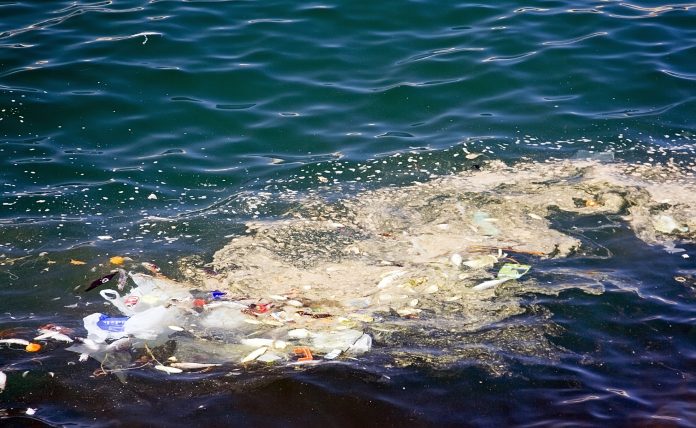Differentiating between numerous plastic types and separating them according to their chemical composition could increase the rate of plastic recycling enormously
Researchers have now developed a new camera technology that can differentiate between 12 different types of plastics.
Plastic is a combination of many materials, or polymers, and depending on its use, it has different chemical compounds and additives such as pigments or fibres. Telling the difference between different types of plastics can be extremely difficult, thus, making it equally difficult to separate and recycle efficiently.
Opening new opportunities to recycle plastics
The 12 plastics deciphered, including PE, PP, PET, PS, PVC, PVDF, POM, PEEK, ABS, PMMA, PC, and PA12, constitute of most household plastic types.
Published in the scientific journal Vibrational Spectroscopy, the technology makes it possible to separate plastics based on a purer chemical composition than currently possible.
Plastics are currently separated using near-infrared technology (NIR) or via density tests (floats/sinks in water). These methods can separate certain plastic fractions (such as PE, PP, and PET).
For plastics to currently be recycled in conventional industry, they must be at least 96% pure by polymer type. This implies that the plastic must be separated to an almost pure product in terms of chemical composition.
Hyper-spectral camera technology developed by engineers
Hyper-spectral camera technology has been developed in this cross-disciplinary collaboration, including BSc and MSc engineering students and researchers at the Department of Biological and Chemical Engineering at Aarhus University, as well as experts from the participating companies
The accuracy of this new technology is greater than the NIR technology, and can decipher the chemical purity in the composition, a vital component to be able to increase the recycling rate of waste plastic.
Associate Professor Mogens Hinge suggests that by using the new technology, it is now becoming possible to recycle appropriately and accurately, highlighting that the continuous technology and data development indicates it may be possible to differentiate even further between polymer types and additives soon.
Associate Professor Mogens Hinge, who is heading the project at Aarhus University, said: “With this technology, we can now see the difference between all types of consumer plastics and several high-performance plastics. We can even see the difference between plastics that consist of the same chemical building blocks, but which are structured slightly differently.
“We use a hyperspectral camera in the infrared area, and machine learning to analyse and categorise the type of plastic directly on the conveyor belt. The plastic can then be separated into different types. It’s a breakthrough that will have a huge impact on all plastics separation.”
Hans Axel Kristensen, CEO of PLASTIX, added: “The technology we’ve developed in collaboration with the university is nothing short of a breakthrough for our ability to recycle plastics. We look forward to installing the technology in our processing hall and starting in earnest on the long journey towards 100% utilisation of waste plastic.”
In a collaboration between Vestforbrænding, Dansk Affaldsminimering Aps, and PLASTIX, researchers from the Department of Biological and Chemical Engineering at Aarhus University, the technology has been tested at pilot scale and is planned to be implemented in 2022.
The research is part of the Re-Plast project, funded by the Innovation Fund Denmark with DKK 22.7 million.











